How Independent Filling and Pastry Control Enhances Precision in Industrial Dumpling Machines
In the world of modern food production, precision is everything—especially when it comes to filled products like dumplings, siomai, and wontons. For food manufacturers and processors seeking consistent quality at scale, the design and control systems inside an industrial dumpling machine can make a significant difference. One of the most important technical advances in recent years has been the separation of filling and pastry control systems. Rather than running both elements on a single power source or speed regulator, high-end machines now offer independent control mechanisms, often powered by frequency conversion motors. This configuration brings not only greater precision but also the flexibility to fine-tune output to meet diverse recipe and texture requirements.
Independent filling and pastry control allows operators to adjust the dough thickness and the filling weight separately. This is particularly useful when producing dumplings for different market demands, such as thinner-skinned jiaozi for the Chinese market or thicker, meat-heavy styles like Russian pelmeni. Without this flexibility, one adjustment might compromise the other, leading to inconsistent products or unnecessary production waste. In a fast-paced environment where large batches are produced continuously, even small inconsistencies can affect product quality, customer satisfaction, and overall production efficiency. For this reason, many food production lines are moving toward machines that prioritize component-level adjustability.
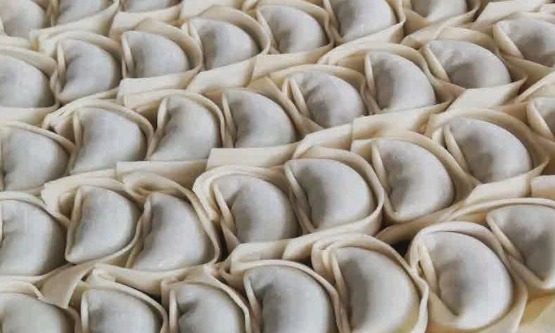
Beyond the quality of the final product, this type of engineering contributes heavily to machine stability. When the filling and dough feeds are independently controlled, operators can prevent issues such as uneven sealing, bursting, or underfilled units. This level of control also helps reduce mechanical stress on the machine by distributing operational loads more evenly. A well-calibrated dumpling maker reduces wear on critical components, increasing its service life and lowering maintenance costs over time. These operational advantages make the industrial dumpling-making machine not only a production tool but also a long-term investment in business reliability.
The use of frequency conversion motors in this setup deserves a closer look. Unlike traditional motors that operate at a fixed speed, inverter-driven motors allow for variable speed control, making it easier to match production speed with specific recipe requirements. Whether you're adjusting for a change in dough moisture or adapting to a different type of filling, such as vegetables or finely minced meat, having precise motor-driven controls ensures that every dumpling maintains its shape and weight. This technology is especially valuable for suppliers targeting export markets where product uniformity is essential for packaging, shipping, and regulatory standards.
From a user experience perspective, these independently controlled machines are easier to train staff on and are generally safer to operate. Since operators can isolate specific functions during testing or cleaning, the risk of operational error is reduced. Moreover, if any issue arises in one section—say, a clog in the filling line—it can often be resolved without halting the entire machine. This modularity in both function and maintenance makes the commercial dumpling machine a smarter choice for growing food businesses that can’t afford unplanned downtime.
As manufacturers ourselves, we've worked with clients who produce thousands of dumplings per hour, and their feedback is consistently focused on repeatable quality and adaptability. What we’ve found is that independent control systems empower them to respond quickly to changes in product demand, whether it’s adjusting size for a new client or switching to a vegetarian filling without reconfiguring the entire machine. In an industry where agility often equals profitability, these technical design features translate directly to competitive advantages.
Ultimately, for anyone in the market for a reliable, high-capacity dumpling production solution, investing in an industrial dumpling machine with separate filling and pastry controls is more than a feature—it's a performance guarantee. By giving manufacturers greater control over their process, these machines help ensure consistency, reduce waste, and support a smooth scale-up path as production grows. It's the kind of thoughtful engineering that doesn't just make good dumplings; it makes good business.

 English
English Español
Español Français
Français русский
русский عربى
عربى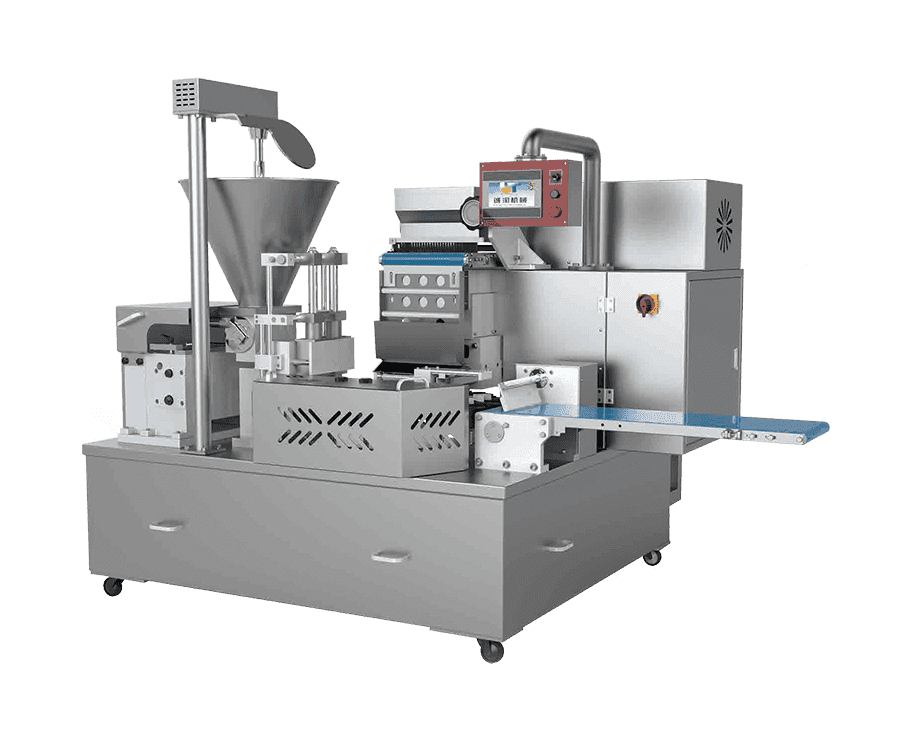
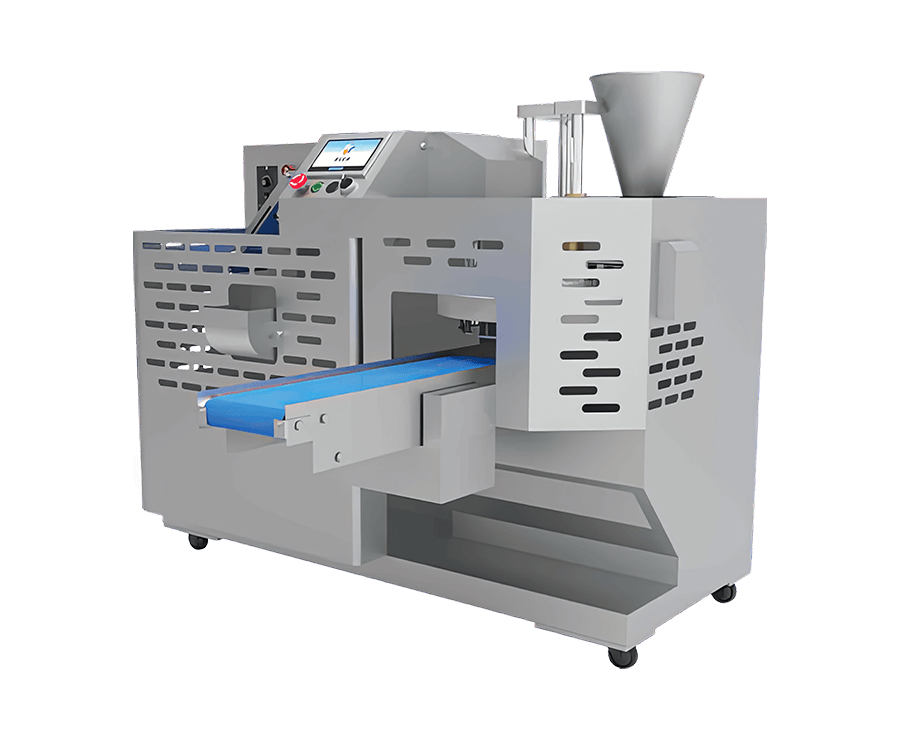
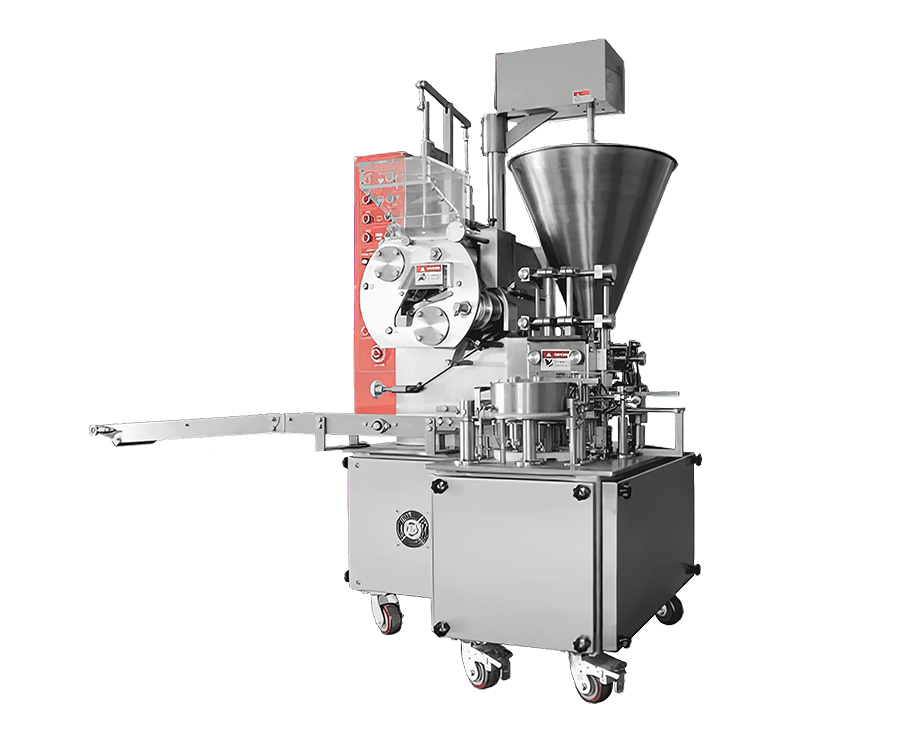
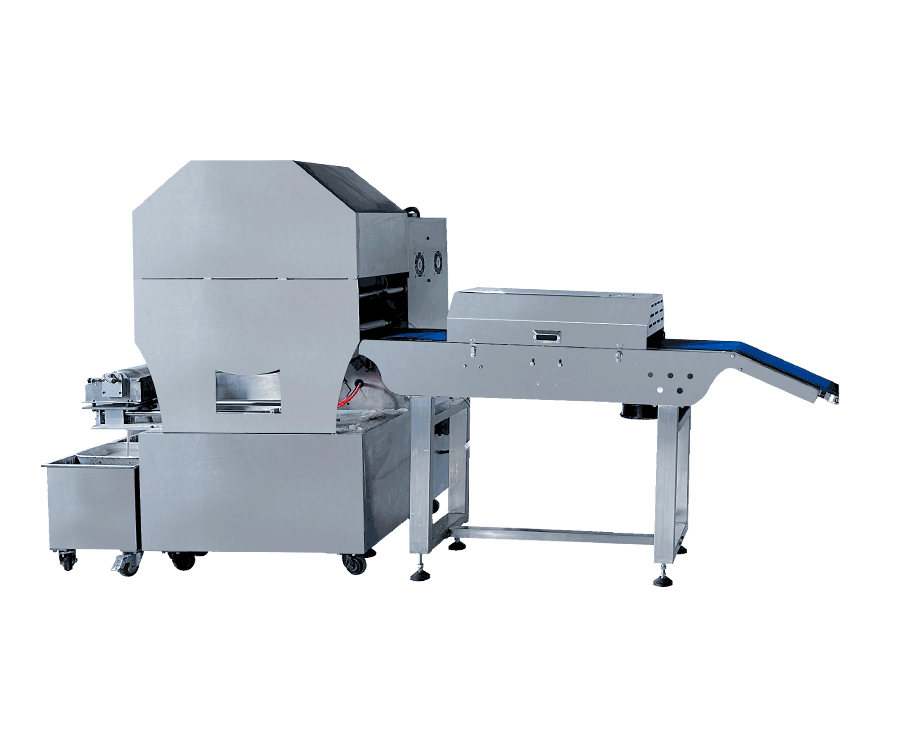



Contact Us